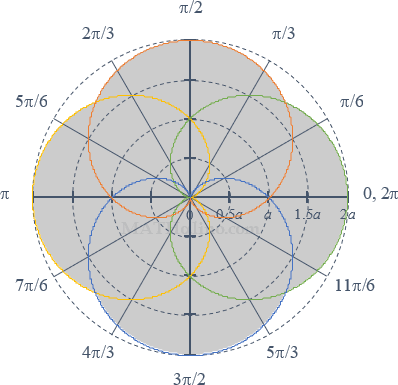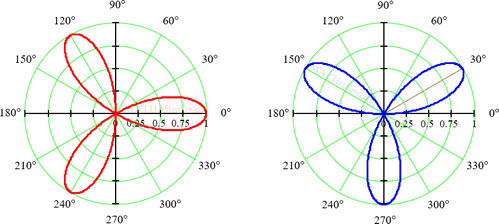Permutation Problems - 01
Problem
In how many ways can the letters of the word MATHALINO be arranged if the vowels are to come together?
Problem
In how many ways can the letters of the word MATHEMATICS be arranged if the consonants are to come together?
- Read more about Permutation Problems - 01
- Log in to post comments





Recent comments
(…